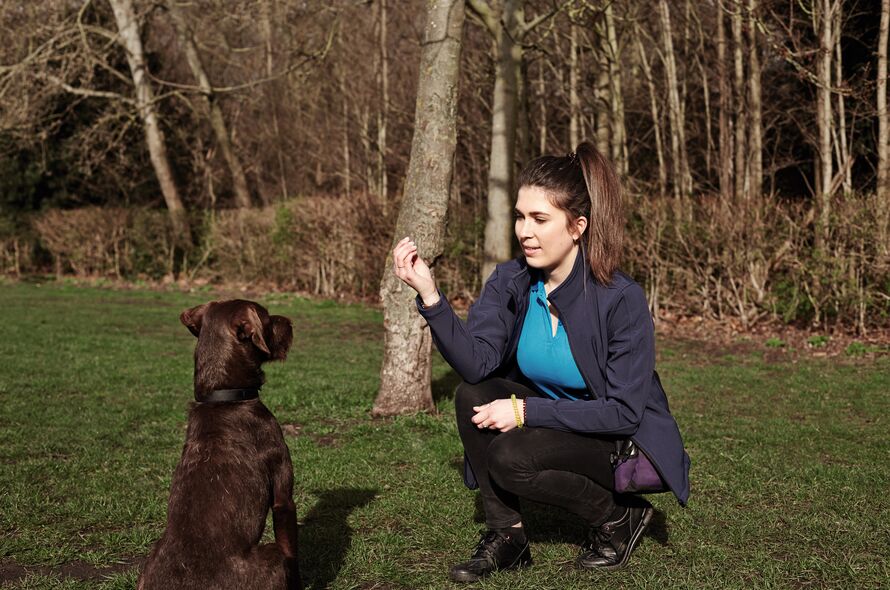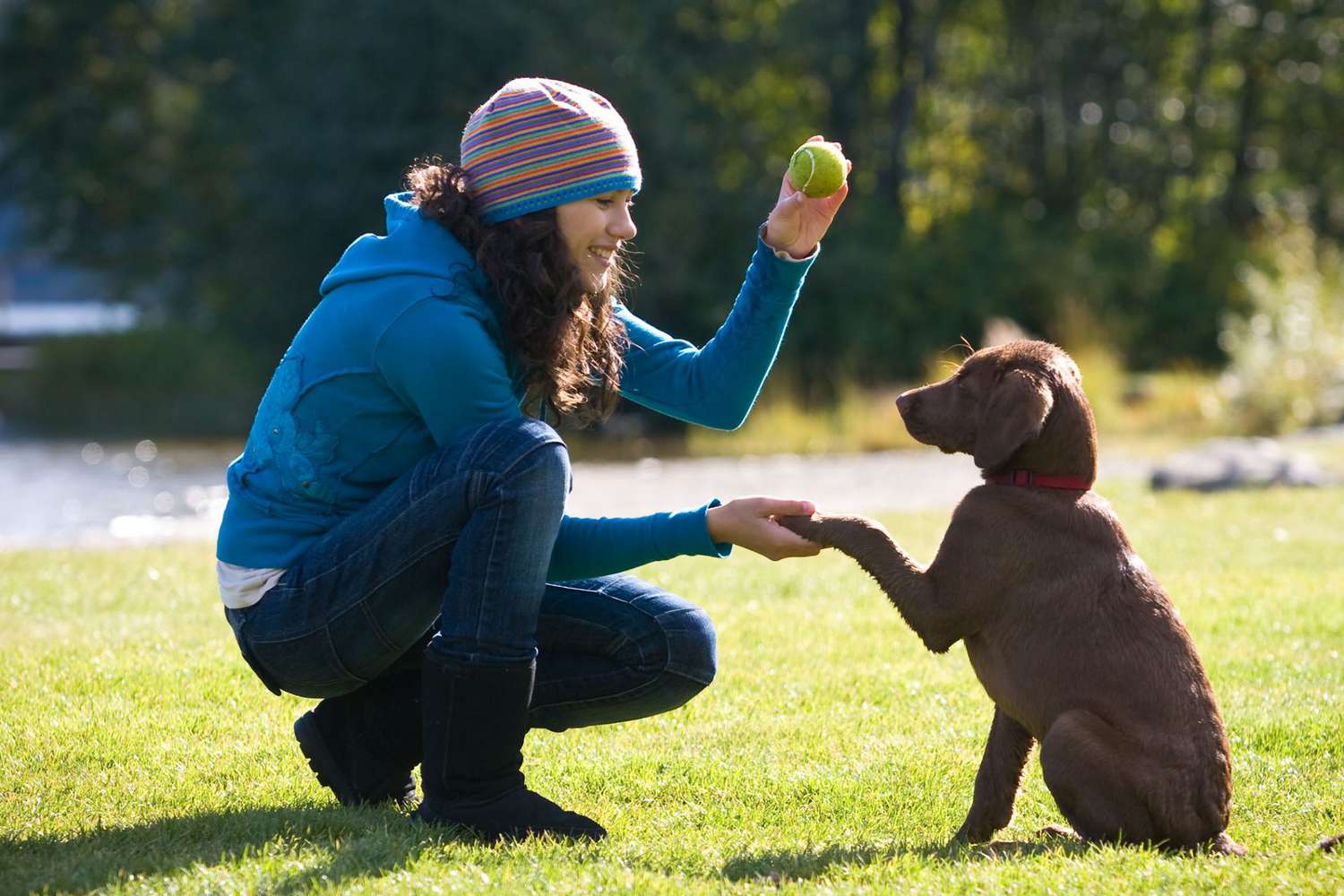When it comes to training your dog, one of the first things you’ll want to do is train them to sit. After all, it’s the perfect command for meeting new people and other dogs. It’s also very useful in keeping your pup from lounging on furniture or knocking over lamps when they get excited about something outside.
Although most dogs are eager to learn tricks and commands from their owners, some will take longer than others. Some will be hesitant about any training and others may just need a little more patience than others. Fortunately, sitting is an easy skill for most dogs to pick up on their own with a little bit of help from you along the way. Check out this guide for more details on how to train your dog to sit

What is Sit?
Simply put, sit is a command that tells your dog to sit down. It’s one of the most basic training commands you can teach your dog. The moment you teach your dog to sit, they’ve got the ability to come when they’re called. It’s useful for everything from greeting visitors to keeping your dog from knocking things over when excited.
Sit can be used in a variety of situations. It’s not just for greeting guests, for example. You could use it to keep your dog from bothering you while you’re cooking. It’s also useful for controlling your dog’s activity level when someone is with you. If you don’t want your dog digging in the backyard, you can use sit to keep them from getting too excited.
How to Train Your Dog to Sit
Sit training your dog is similar to crate training in that you’ll start off with a simple exercise. You’ll place your dog in a controlled environment and then reward them when they perform the desired action. In your case, you’ll reward your dog when they sit. It’s important to set up your dog’s environment in a way that they’re comfortable but also controlled. This can be tricky at first, but it can be done. Put your dog in their crate when you’re not home.
Crating is a great way to introduce a new environment to your dog and control their environment. Crating should be a place where your dog feels safe and comfortable. Add toys, blankets, and other items to the crate. If you add sensory items like toys and blankets, your dog will be more likely to sit in the crate because they’ll feel more comfortable. Your goal is to make the crate a place where your dog would want to be if they weren’t being trained. Place dog treats in the crate as well. If you add treats to the crate, your dog will be more likely to sit in the crate because they’ll get the treat when they’re done.

Tips for Successful Sit Training
Before we get into the full sit training process, there are a few tips we want to share. Begin with a low key approach. In other words, don’t rush things. You can train your dog to sit whenever they’re ready. You don’t have to have a full-blown training session when you first try it. In fact, it’s better to ease into things rather than rushing and making mistakes. Another tip is to always keep a treat or two on you. This way, if your dog gets too excited and is about to knock something over, you can quickly give them a treat to calm them down. This way, you’re always prepared for any unexpected situations that can arise.
Don’t Train Dogs To Sit. Teach Them Why They Should.
There is a huge difference between teaching your dog to sit and training them to perform a sit command. When you teach your dog to sit, you want to reward them for sitting. This is true regardless of the reason your dog sits in the first place. If your dog is sitting because they’re sleepy, they’re bored, or they’re just enjoying the moment, they should get a treat. However, if your dog is sitting because they’re being asked to, this is where the line gets drawn. In this case, your dog should be given a command before they get a treat. For example, you could say “sit” and then reward your dog with a treat when they’re done.
Final Words
Training your dog to sit is easy once you have the right equipment and setup. It’s important to set your dog up in their environment, crating, so they feel safe and comfortable. Add toys, blankets, and treats to help them feel more relaxed and calm. Then, when you want your dog to sit, say “sit,” and reward them with a treat when they’re done. With these tips, your dog will be able to sit whenever you want them to.






